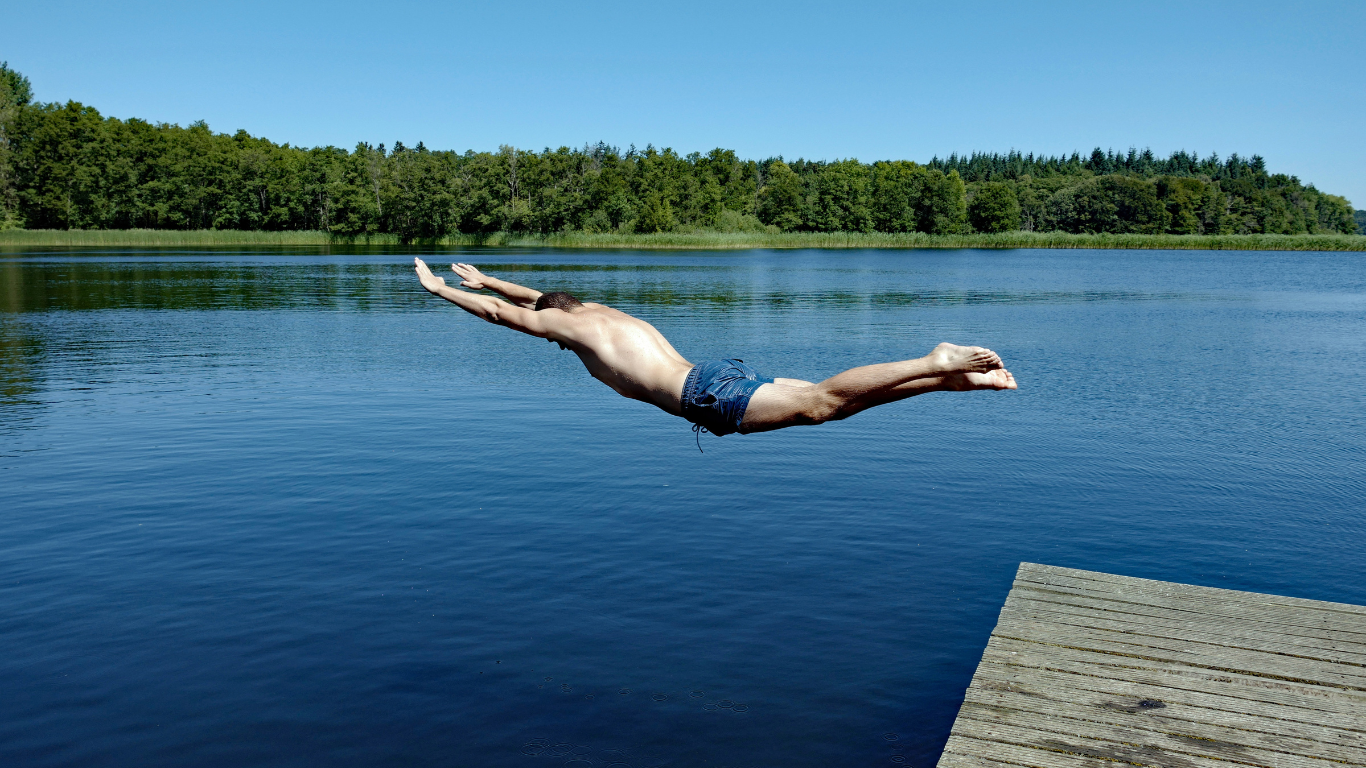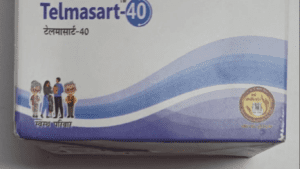Introduction
In recent years, the cold plunge has emerged as a popular wellness trend, captivating the interest of fitness enthusiasts, athletes, and health-conscious individuals alike. But what exactly is a cold plunge, and why is it gaining so much attention? This comprehensive guide will dive deep into the world of cold plunges, exploring the science behind them, their numerous benefits, techniques, safety tips, and how you can incorporate them into your wellness routine. Whether you’re a seasoned athlete or a curious beginner, this article is your go-to source for everything related to cold plunging.
What is a Cold Plunge?
A cold plunge, often referred to as cold water immersion (CWI), is the practice of submerging the body in cold water for a set period. The water temperature typically ranges from 50 to 59 degrees Fahrenheit (10 to 15 degrees Celsius). Cold plunges are commonly performed in dedicated plunge pools, natural bodies of cold water, or even ice baths.
The Science Behind Cold Plunge
The primary reason behind the popularity of cold plunges lies in their physiological effects. When the body is exposed to cold water, it triggers a series of responses aimed at maintaining homeostasis, the body’s internal balance. Some key physiological responses include:
- Vasoconstriction: Cold water causes the blood vessels to constrict, reducing blood flow to the skin and extremities. This helps preserve core body temperature and redirect blood flow to vital organs.
- Increased Heart Rate: The initial shock of cold water causes an immediate increase in heart rate and breathing rate, enhancing circulation and oxygen delivery throughout the body.
- Release of Endorphins: The sudden exposure to cold water stimulates the release of endorphins, the body’s natural painkillers, leading to a feeling of euphoria and well-being.
- Anti-Inflammatory Response: Cold water immersion reduces inflammation by constricting blood vessels and reducing blood flow to injured or overworked muscles. This process helps decrease swelling and promotes faster recovery.
Benefits of Cold Plunge
The benefits of cold plunging are wide-ranging and supported by both anecdotal evidence and scientific research. Here are some of the most notable benefits:
1. Improved Recovery and Reduced Muscle Soreness
Cold plunging is widely recognized for its ability to accelerate muscle recovery and reduce delayed onset muscle soreness (DOMS). Athletes and fitness enthusiasts often use cold water immersion after intense workouts to help minimize muscle damage, decrease swelling, and speed up the healing process.
2. Enhanced Circulation
The alternating exposure to cold and warm environments during a cold plunge session (often followed by a sauna or hot shower) promotes better circulation. This process helps improve blood flow, which is essential for delivering oxygen and nutrients to muscles and organs, aiding in overall recovery and health.
3. Boosted Immune Function
Regular cold plunging has been linked to enhanced immune function. The body’s initial shock response to cold water triggers an increase in white blood cell count, which helps bolster the immune system and improve the body’s ability to fight off infections.
4. Mental Resilience and Stress Reduction
Cold plunging isn’t just about physical benefits; it also has a profound impact on mental health. The practice requires a significant amount of mental resilience to endure the cold, which can help build mental toughness and reduce stress levels. The release of endorphins and adrenaline during cold exposure also contributes to a heightened sense of alertness and improved mood.
5. Improved Sleep Quality
Cold water immersion can positively affect sleep patterns by lowering core body temperature and promoting relaxation. A regular cold plunge routine, especially in the evening, can help you fall asleep faster and achieve deeper, more restorative sleep.
6. Enhanced Skin and Hair Health
Cold water has a tightening effect on the skin and scalp, which can help close pores and reduce oiliness. Cold plunging also promotes healthy blood circulation, which delivers essential nutrients to the skin and hair follicles, leading to a healthier complexion and stronger hair.
How to Perform a Cold Plunge
Performing a cold plunge requires proper preparation and technique to ensure safety and maximize benefits. Here’s a step-by-step guide to help you get started:
1. Preparation
- Consult with a Healthcare Professional: Before starting any new wellness practice, especially one as intense as cold plunging, it’s crucial to consult with a healthcare professional to ensure it’s safe for you.
- Hydrate: Make sure to hydrate well before your session. Cold exposure can be dehydrating, so drinking water before and after is essential.
- Warm-Up: Consider doing a light warm-up to raise your core body temperature and prepare your body for the cold plunge.
2. Choosing the Right Location
- Cold Plunge Pools: These are dedicated pools specifically designed for cold water immersion. They are often found in spas, gyms, and wellness centers.
- Natural Bodies of Water: Lakes, rivers, and oceans can provide natural cold plunge opportunities, but be mindful of safety factors such as currents, water quality, and local regulations.
- Ice Baths: An ice bath can be easily prepared at home using a bathtub and a few bags of ice. This option allows you to control the temperature and duration of your plunge.
3. The Plunge Process
- Gradual Entry: Enter the water slowly to allow your body to acclimate to the cold. Start with your feet and gradually submerge your body up to your shoulders.
- Breathing Techniques: Focus on controlled, deep breathing to help manage the initial shock and discomfort. This can help calm your nervous system and make the experience more manageable.
- Stay Calm: Keep your body relaxed and avoid tensing up. The more you can stay calm, the easier it will be to endure the cold.
- Duration: Beginners should start with shorter sessions, typically between 1 to 3 minutes. As you become more accustomed to the cold, you can gradually increase the duration to 5-10 minutes.
4. Post-Plunge Care
- Warm-Up Gradually: After your cold plunge, it’s important to warm up gradually. Use a warm towel, put on warm clothing, and consider a hot drink. Avoid jumping into a hot shower immediately, as this can cause a sudden change in blood pressure.
- Stretch and Hydrate: Gentle stretching and hydration are crucial post-plunge practices to help your body recover and rehydrate.
Safety Tips for Cold Plunging
While cold plunging offers numerous benefits, it’s essential to follow safety guidelines to prevent potential risks:
- Know Your Limits: Cold plunging isn’t for everyone. Individuals with cardiovascular conditions, respiratory issues, or other medical concerns should avoid cold water immersion unless cleared by a healthcare provider.
- Never Plunge Alone: Always have someone nearby when performing a cold plunge, especially if you’re a beginner or plunging in natural bodies of water.
- Listen to Your Body: Pay attention to your body’s signals. If you feel dizzy, lightheaded, or experience difficulty breathing, exit the water immediately.
- Avoid Alcohol: Alcohol impairs judgment and increases the risk of hypothermia. Avoid consuming alcohol before or after cold plunging.
Cold Plunge Variations and Alternatives
If a traditional cold plunge seems too intense, there are alternative methods to experience the benefits of cold exposure:
1. Contrast Therapy
Contrast therapy involves alternating between hot and cold water immersion or showers. This technique promotes blood flow and enhances muscle recovery while providing a less intense introduction to cold exposure.
2. Cold Showers
Cold showers are a great way to acclimate your body to cold exposure without the full commitment of a plunge. Start with a warm shower and gradually reduce the temperature until it’s comfortably cold.
3. Cryotherapy
Cryotherapy involves exposing the body to extremely cold air (below -100°C or -148°F) for a short duration, typically 2-4 minutes. This method provides similar benefits to cold plunging but with less discomfort and a faster exposure time.
Incorporating Cold Plunges into Your Routine
Adding cold plunges to your wellness routine can be incredibly rewarding, but it’s important to do so thoughtfully:
- Start Slow: Begin with short durations and gradually increase as you become more comfortable with the practice.
- Consistency is Key: Like any wellness practice, consistency yields the best results. Aim for 2-3 sessions per week to experience the full benefits.
- Pair with Other Recovery Techniques: Cold plunging works well in conjunction with other recovery practices such as stretching, foam rolling, and massage.
Cold Plunge Myths and Misconceptions
Despite its growing popularity, cold plunging is often surrounded by myths and misconceptions. Here’s a look at some common myths and the truth behind them:
1. Myth: Cold Plunging is Dangerous for Everyone
Truth: While cold plunging isn’t suitable for everyone, it can be safe and beneficial when practiced correctly. It’s important to consult with a healthcare professional and start slow, gradually increasing exposure as you become accustomed to the cold.
2. Myth: Longer Plunges are More Effective
Truth: Longer isn’t always better when it comes to cold plunging. Short, controlled sessions (3-10 minutes) are sufficient to reap the benefits without risking hypothermia or other complications.
3. Myth: Cold Plunging is Only for Athletes
Truth: While cold plunging is popular among athletes, it’s beneficial for anyone looking to enhance recovery, improve circulation, and boost mental resilience.
Conclusion
Cold plunging is more than just a wellness trend; it’s a practice rooted in science with numerous benefits for both physical and mental health. Whether you’re looking to improve muscle recovery, boost circulation, enhance mental resilience, or simply explore new wellness practices, cold plunging offers a unique and invigorating experience. Remember to consult with a healthcare professional before starting, follow proper techniques, and listen to your body to ensure a safe and rewarding cold plunge journey. Dive in and discover the refreshing benefits of cold water immersion today!
FAQs about Cold Plunge
1. What is a cold plunge?
A cold plunge is the practice of immersing the body in cold water, typically between 50 to 59 degrees Fahrenheit (10 to 15 degrees Celsius), to achieve various health benefits like improved recovery, enhanced circulation, and boosted immune function.
2. How long should you stay in a cold plunge?
Beginners should start with short durations of 1 to 3 minutes and gradually increase to 5-10 minutes as they become more accustomed to the cold. It’s important to listen to your body and avoid overexposure.
3. Are cold plunges safe for everyone?
Cold plunges are generally safe for healthy individuals but may not be suitable for those with cardiovascular conditions, respiratory issues, or certain medical conditions. It’s always best to consult with a healthcare professional before starting.
4. What are the benefits of cold plunging?
Cold plunging offers several benefits, including reduced muscle soreness, improved circulation, enhanced immune function, mental resilience, stress reduction, better sleep quality, and improved skin and hair health.
5. Can you do a cold plunge at home?
Yes, you can do a cold plunge at home using a bathtub and ice to create an ice bath. Alternatively, you can take cold showers or set up a cold plunge pool if space and resources allow.
6. What should you do after a cold plunge?
After a cold plunge, warm up gradually using a warm towel, warm clothing, or a hot drink. Avoid jumping into a hot shower immediately to prevent a sudden change in blood pressure. Hydrate well and perform gentle stretches to aid recovery.
7. How often should you do a cold plunge?
For most people, 2-3 times per week is sufficient to experience the benefits of cold plunging. It’s important to find a frequency that suits your body and aligns with your overall wellness routine.
8. What is the difference between a cold plunge and cryotherapy?
A cold plunge involves submerging the body in cold water, while cryotherapy exposes the body to extremely cold air for a short period. Both methods provide similar benefits, but cryotherapy is often considered less intense and faster in exposure time.




